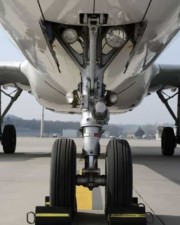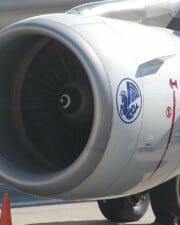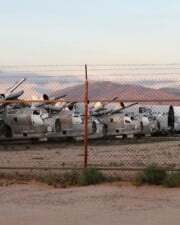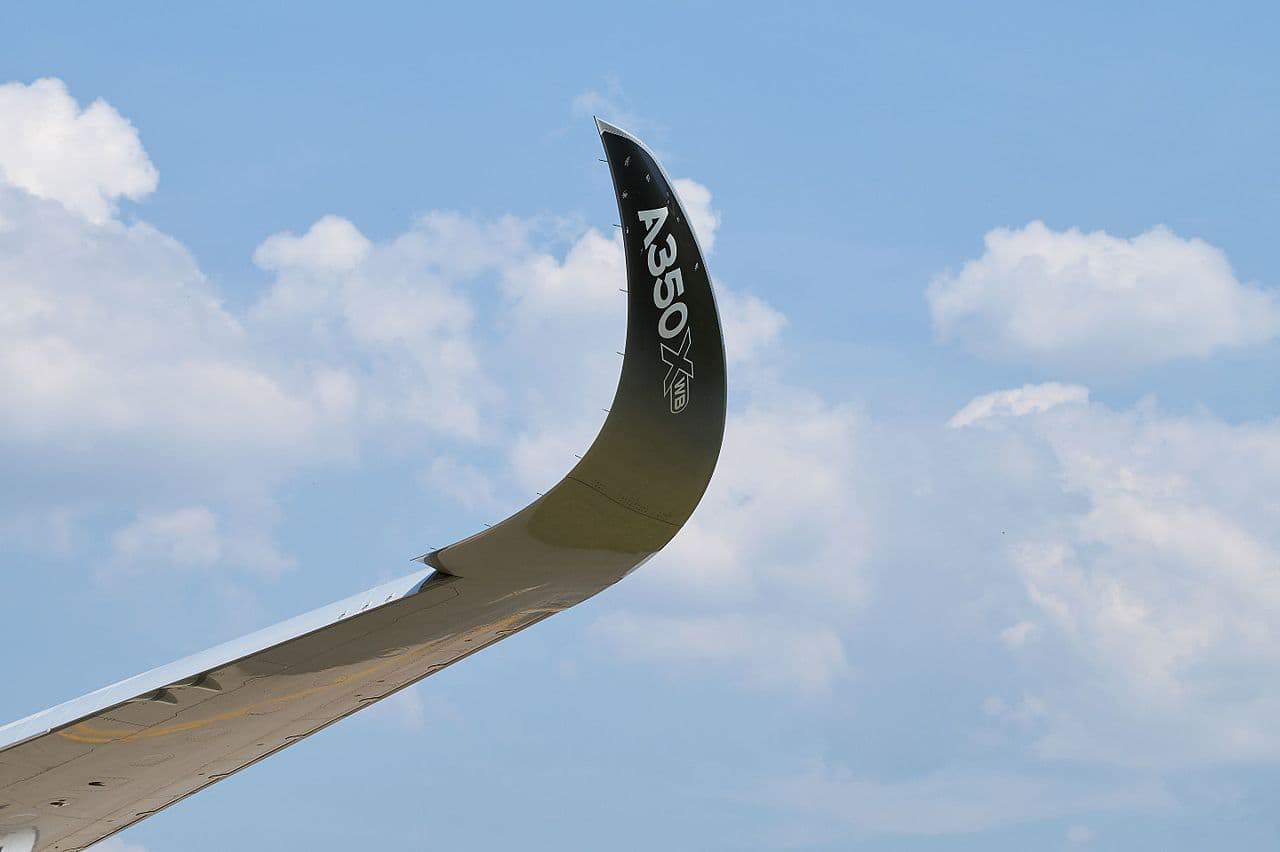If you’ve ever wondered how high your pilot is taking the plane you’re on, wonder no more. Planes are usually flying in the stratosphere, which is the second major layer of the earth’s atmosphere. The reasons why they do this are very practical and not that difficult to understand.
Table of Contents
Why Do Airplanes Fly in the Stratosphere?
The main reason airplanes fly in the stratosphere is because this is where the least amount of turbulence is found. In addition, because the stratosphere is very dry, there are fewer clouds in this layer, making for a much smoother ride overall. It is simply the perfect layer to fly in for a number of reasons.
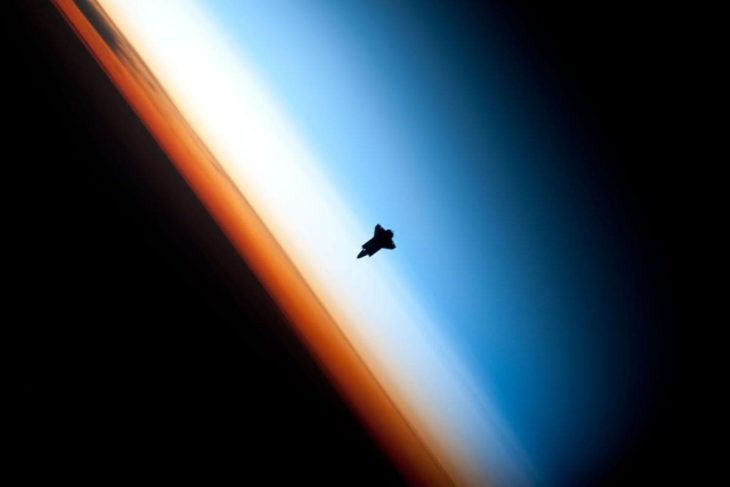
Practical Reasons to Fly in the Stratosphere
There are, of course, very practical reasons for planes to fly in the stratosphere. In addition to less turbulence, this layer of the atmosphere allows for much better fuel economy. This is because in higher altitudes, such as those found in the stratosphere, there is less air resistance.
In fact, the air resistance in the stratosphere is about half of the resistance found on the ground, which means the plane can hold airspeed at lower power settings, so not as much fuel is used. Lower power settings always equal better fuel efficiency, which is important to all airline companies.

As a general rule, fuel economy gets better with higher altitudes, so stratosphere flying can save the airlines a lot of money. The more constant the jet-to-fuel ratio is, the better the fuel economy is, and this is yet another huge benefit of flying in the stratosphere.
When planes fly into thin air, such as that found in the stratosphere, less air enters the engine and less fuel is required to fly the plane, allowing for both lower fuel costs and a more efficiently run engine in the long run. It is easy to understand why better fuel economy is preferred by the airlines.
Why Does it Reduce Turbulence?
Turbulence is caused by many things, but it is often the result of bad weather. Pilots try to avoid the areas with the most turbulence. Since most bad weather occurs below the stratosphere, this is one of the reasons why pilots fly in the stratosphere layer of the atmosphere. But there are exceptions to this rule.
If there is a really strong thunderstorm, it can poke through the stratosphere. In these instances, pilots usually just fly around the storm so they can stay away from them.
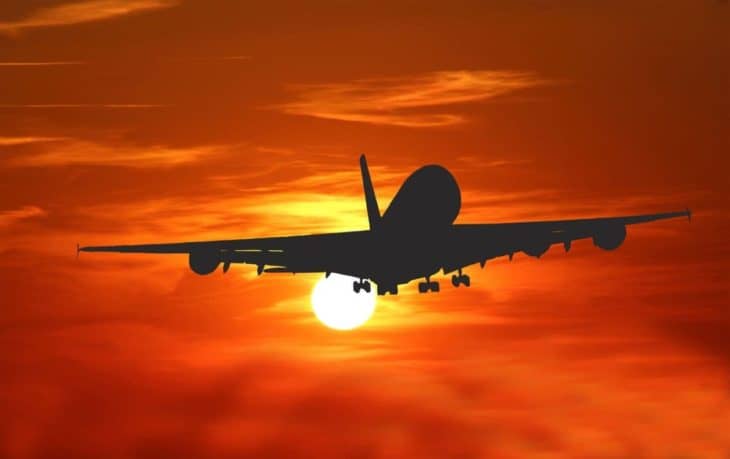
Turbulence can also be caused by clear air turbulence, or CAT, which occurs when a strong jet stream is found between mixing regions.
Nevertheless, more often than not, there is little to no bad weather found in the stratosphere, which results in smooth flying for most aircraft. Less turbulence is valuable for many reasons and this is why flying in the stratosphere layer of the atmosphere is the rule for most aircraft.
Flying Faster Makes a Difference
As you can imagine, most pilots want to fly as fast as possible while they’re in the air, and this is what stratosphere flying offers them. There is less air friction and an increase in the true airspeed, or TAS, of the airplane, which results in a higher flying speed.
Flying faster is especially important in commercial flights because passengers always expect their planes to land and take off at a certain time.
With faster flying speeds, the passengers can count on few or no late flights and are happy that their flights will take off and land when the airline company says they will.
Better Winds to Fly by
It is easy to understand why better winds make for better flights, and this is another one of the many reasons why stratosphere flying is the norm for most aircraft. Jet streams can increase ground speed and allow a flight to be shorter under certain circumstances.
Jet streams move from west to east and the northern hemisphere has three types of jet streams. This is why flights from North America to Europe are faster than flights from Europe to North America. When the jet stream is pushing an airplane to the east, it is easier for the plane to make good time.
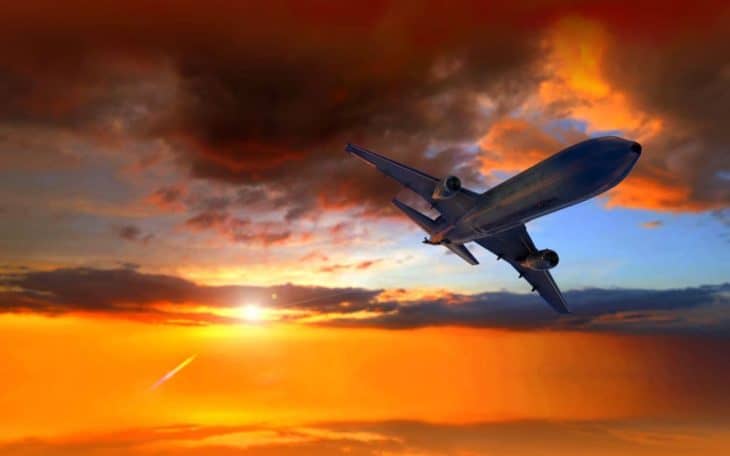
Of course, if a jet stream is blowing as a headwind it can have the opposite effect, which is why most flights are designed to make the most out of jet streams. After all, no one wants extra time added to their flight; only the opposite is ever desired.
Naturally, not all aircraft fly in the stratosphere. Some military aircraft, including the SR-71 and the U-2, as well as many commercial aircraft fly in the troposphere, which is one layer under the stratosphere.
In this layer, there is low resistance and good lift capacity, which results in a smoother overall flight.
The higher you go in the atmosphere, the thinner the air becomes, and this type of air can directly affect the smoothness of the flight, not to mention its speed and overall efficiency.
Related Posts

